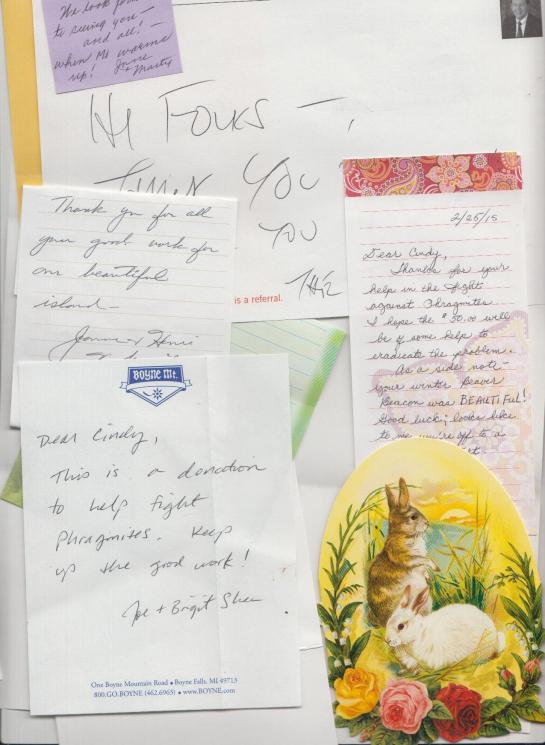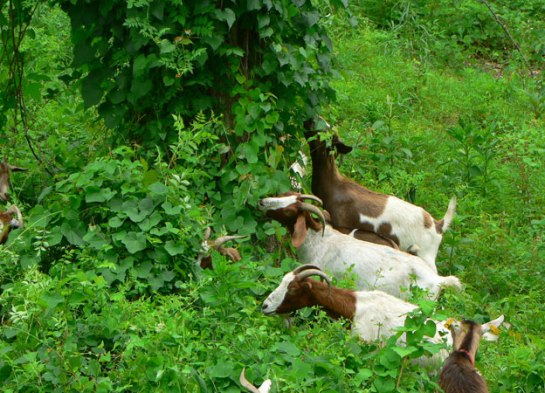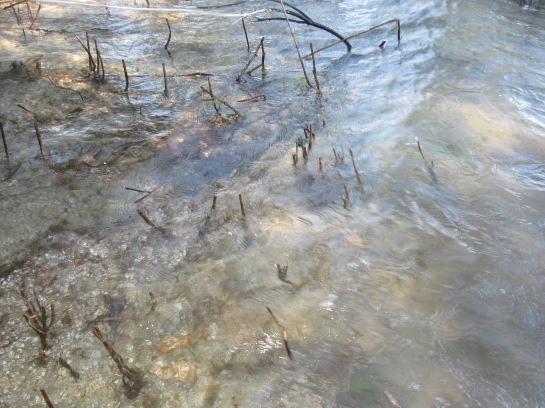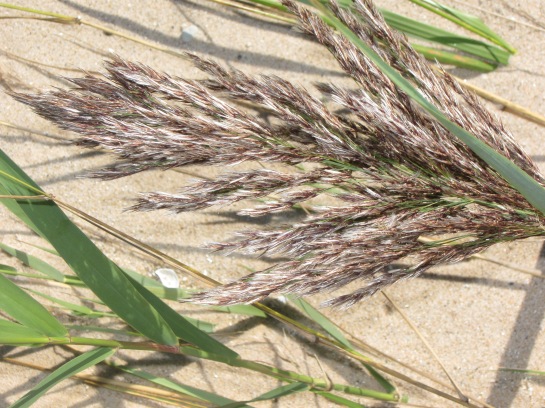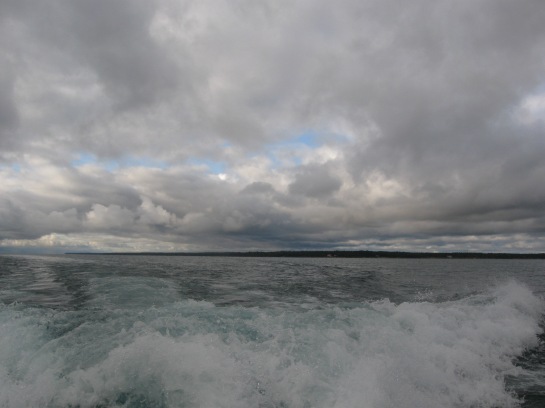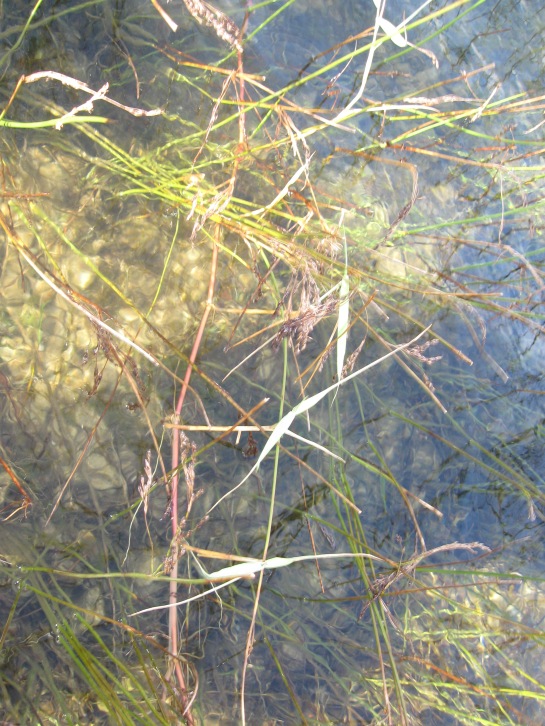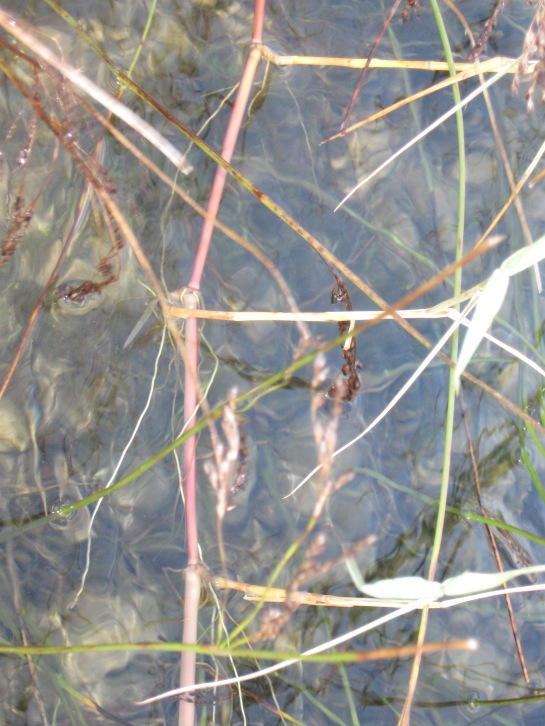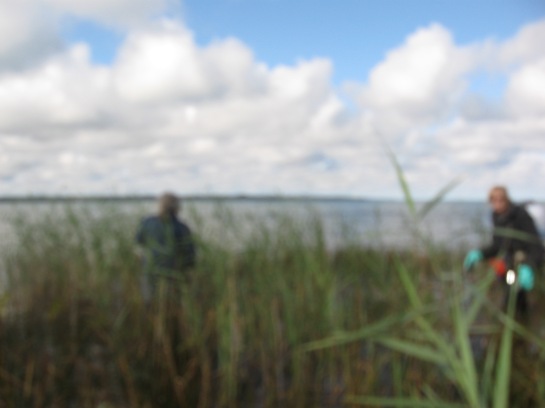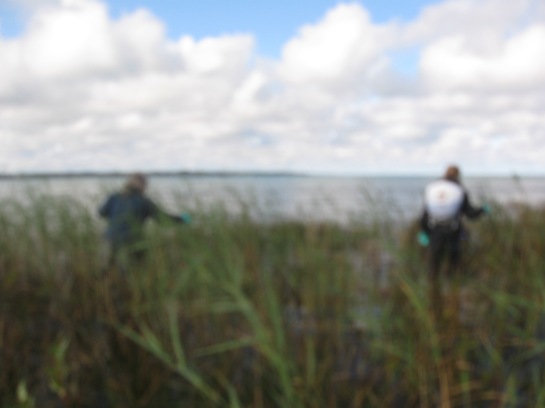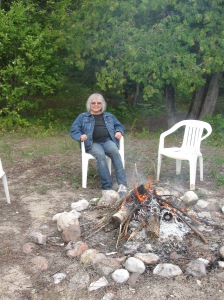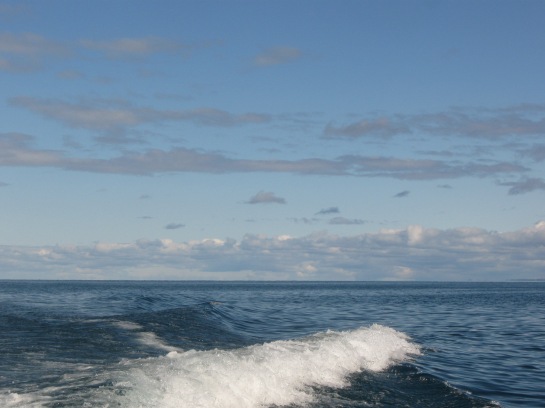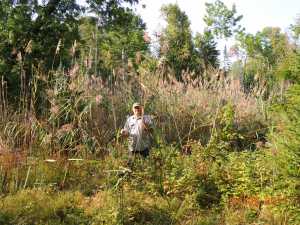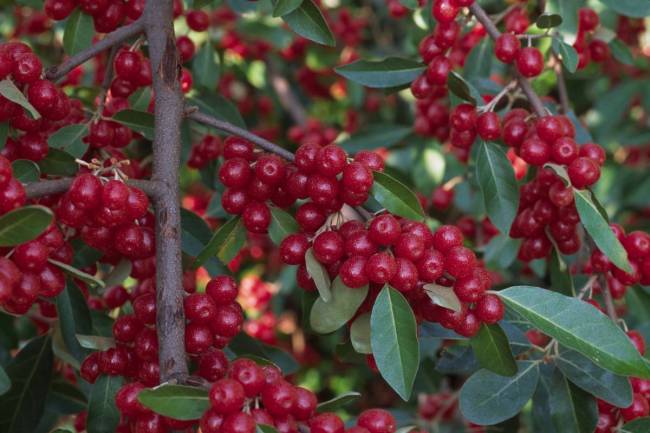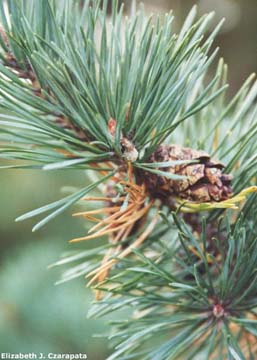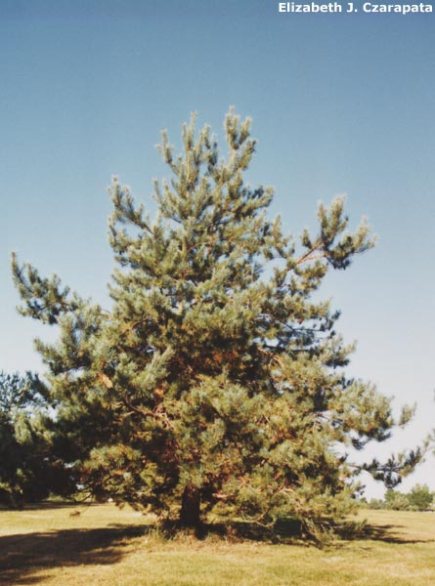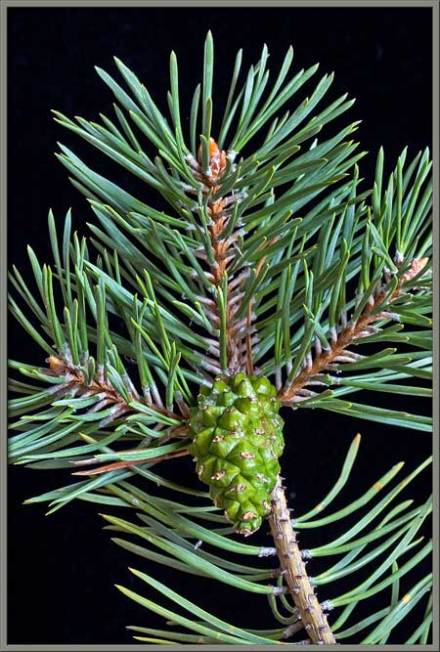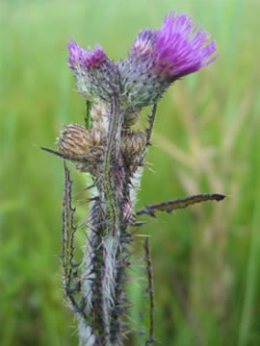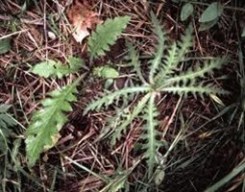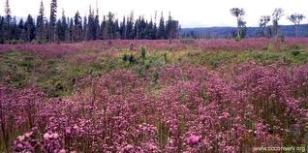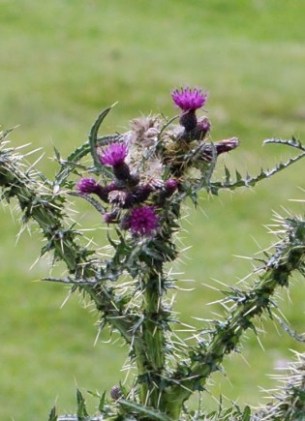After two days when weather and transportation woes kept us away from our task, last Thursday was a godsend.
The lake was calm, the day was cool but mild, and transportation was arranged.
On this day, it was just the three contractors: Pam Hilton, Marc Seelye and Christine Miller…and me.
I’d been scheduled to work at another job, but decided last minute that I’d like to get the “full experience,” and rearranged things to make it possible. Having an even number of workers (even one as barely competent as myself) allows for splitting up and thus covering more territory.
As we set out for Whiskey Island, a narrow band of baby blue sky met the steel gray waves at the horizon. Above that, a narrow ribbon of white clouds divided that bit of sky from the ceiling of heavy gray clouds that blocked the sun and were our almost constant companion that day.
When I took a photograph, my camera beeped, but I couldn’t see what was wrong. When we got to Whiskey Island – another island I had never before visited – I took another. Again the beep. There, I could read the screen: “NO MEMORY CARD”. UGH! In the interim days of rain, I had taken my camera out to photograph the many varieties of Fall mushrooms that were popping up all over my yard and down the Fox Lake Road. I’d taken the memory card out to download those photos onto my computer…and never put it back. What a disappointment!
Whiskey Island Is small – about 130 acres – and shaped like a kite. It sits to the north and west of Beaver Island, and is roughly halfway between Garden and High, the other two islands we visited.
We split into two groups, with one person handling the herbicidal treatment while the other took GPS coordinates and notes. We set off in opposite directions, to walk the perimeter of the island.
Christine and I headed out together.
The shore was covered with acorn-sized gravel on a steep incline. Sand cherries grew right up to the water line and spread their branches out over the water. Within the first minute, we realized the only way we were going to be able to walk the shoreline was to walk in knee-deep water. It was cold! Within ten minutes, my feet were numb. By the time we made it around the island and met Marc and Pam, it felt like I was lifting heavy logs each time I took a step.
We zig-zagged from the waterline through the shrubbery to the higher dunes, to make sure we weren’t missing anything.
We came upon a small stand of native Phragmites, with the characteristic bronze stalks. In that case, we make note of the location, but do not treat the plant. Healthy stands of native Phragmites and other native plants help to keep invasives from moving in to an area, and should be left alone.
We also found one small stand of invasive Phragmites, evident by its more aggressive growth pattern, large, dark, raggedy seed heads and straw-colored stalks. We noted the coordinates, and treated it with herbicide.
We met Pam and Marc coming from the other direction.They, too, had found just a couple small stands of Phragmites. After the many large stands we had encountered on High Island, this was very good news! We had walked the perimeter in just about an hour. The boat was waiting for us.
Next, back to High Island, to get what we had missed there.
We had found High Island to be much worse than expected, based on prior treatment there. Each team had run into issues that had prevented them from completing treatment in the time we had. The herbicide cannot be applied after four PM; we were limited to the amount of herbicide that we could carry on our backs and we were traveling through very rough and sometimes impassible terrain. Each team had carefully noted the size and location of every untreated stand, as well as specific issues (like thigh-deep muck that was impossible to walk through) that made treatment tricky. If we hadn’t been able to return there until next year, we would have known, at least, to make those areas a priority.
Fortunately, we had time!
We set out again in teams of two. Christine and I started at what had been our finish point on Monday, and back-tracked through the same section of shoreline, finding and treating each stand we had missed. Pam and Marc had their own sets of coordinates, with areas to treat in the other direction. By two PM we had wrapped up treatment on another island!
We set off for Garden Island.
We had, on Saturday, divided into two teams of three, and headed out in opposite directions on Garden Island. We had to meet back at our starting location at four o’clock, so had to allow time for the return. Because my group walked the trail through the island, we had a bit of time to spare (and Pam Hilton does not like to waste any time!) but we hadn’t known how long it would take us. Both groups had clearly recorded their stopping point, so we knew exactly where to begin.
We started at Indian Harbor near the little DNR cabin, and walked the shoreline to the location that the other team and turned around the other day. The four of us stayed together, for this short distance
We expected to find a couple small stands that had been noted and treated in previous years. When we’d left Garden Island on Saturday, we had agreed that it wouldn’t be the worst disaster if they had to wait until next year. With so many variables of wind and weather that are out of our control, that is always a possibility.
We found and treated the Phragmites we expected. Then, in the last little section before the end of our trek, we found more. From deep in the center of a huge stand of cattails, we saw the distinctive brown seed heads of invasive Phragmites, towering over the surrounding growth.
The stand was right in the center of an acre or more of cattails, with dimensions of about 50′ x 50′. It was probably growing there last year, but not visible in that location. This year, it had gotten tall enough to spot.
Christine and Marc waded in. Pam and I – each barely five-foot tall – stayed back.
We quickly lost sight of them, in the tall reeds, but we could hear them. Exclamations and splashes and the occasional cuss word kept us apprised of their location and activities.
They were in cold water to their waists, with twenty-foot tall Phragmites surrounding them, with the additional complications of heavy backpacks, rubber gloves and heavy, sodden clothes and shoes. At one point, Marc stepped in a hole that brought the cold water up past his chest. When they finally came out of there, Christine stopped to dump a minnow out of her shoe!
It was a long day, but a good one! With the completion of Garden Island, every bit of shoreline on the outer islands that we had scheduled for treatment this year was accomplished!
I think I’ve said it before, but it’s well worth repeating: These folks really earn their pay!
Many thanks to the crew at Pam’s Invasive Plant Management LLC for your professional and thorough work here, and for allowing me to experience it firsthand!
